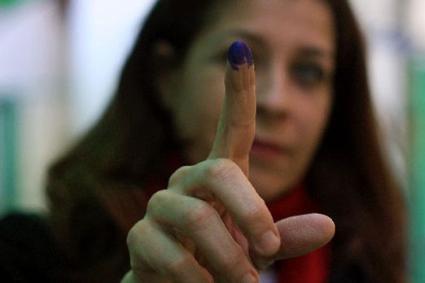

By Ahmed Shams, PhD
Changing weather and long treks
“The sun had been shining as if [it was] summertime; it turned hot! We decided to follow Wadi Thabt, Wadi Qasuriya, the Wadi Junction, and Wadi Rimhan instead of Wadi Tarfaa, towards the abandoned building of St. Catherine Natural Protectorate in Rahaba Plain in order to spend the night out there, ending a walk of 28km….The nightfall came upon us, walking again in the darkness on the gravel ground of the plain. Upon reaching the protectorate’s abandoned building, we were tired and started to feel cold once we settled down. We had no firewood to cook our dinner or keep ourselves warm. The worst had not come yet! At midnight, a very strong cold wind started to blow from everywhere! Being in a wide plain there are no natural wind breakers. My two sleeping bags and the heavy clothes did not provide any protection! Overtime, the wind was getting stronger and colder; even the ground was cold like ice, as the sleeping bags did not provide any insulation. Desperately, I consumed all the candles to warm up!! Apparently, it was illogical to face such weather at an elevation of 1650 meters ASL, but time and geography caused a lot of troubles. On Saturday the 28th, the strong cold wind did not stop blowing till midday; for the first time, the shinning sun did nothing to warm the weather! The cold strong wind proved to be much more effective than the warm sunrays.”
The above was written in January 2006, in a story from my book “Eight years wandering in the High Mountains of Sinai Peninsula: a tale of two map”. Although it took place south of yesterday’s tragic event, the harsh conditions described in it hold true for the ongoing tragedy in the whole high mountain region. Eight Egyptian tourists and their Gebaliya Bedouin guide were reported missing last Sunday, after they had started a three-day hike to the western edge of the high mountains, to Gebel Bab El Donya (2,090m ASL). On Monday, four of the Egyptian tourists and their Bedouin guide were found and rescued at a Bedouin shelter in Farsh El Ruman, a junction mountain basin and a famous tourist overnight camping ground during summertime, at an elevation of 1760m ASL (Map 1, Fig. 1). Unfortunately, three other tourists were reported dead and one is still missing in Farsh El Za’tar and Farsh Zauweitar vicinity (average 2000m ASL) (Fig. 2) to the southwest of Farsh El Ruman. It is too early to begin speculating on how the group faced their tragic fate. The rescue mission and investigations are still in progress at the time of writing.
It is apparent from the first reports that the group was trapped by a sudden change in the weather (blizzard), very similar to the incident mentioned above at the same time of the year (January-April), and was unequipped with sheltering gear (tents, sleeping bags, etc.). Knowing that, Farsh El Ruman is located 9 km to the east of the town of Katharina (1580m ASL), and the casualties were found within a circle of another 2+ km. It seems clear that any tourists who plan to cover a similar long distance across the High Mountains of the Sinai Peninsula in the January-April season need to be prepared and fully equipped with additional food and camping gear – even if they are planning for a one day hike only – due to the sudden changing weather (another well documented sudden blizzard took place on the night of 1 March 2009 in between sunny days).
Expert Bedouin guides and safe mountain range
There is a common misunderstanding that all what occurs in a circle of 50+ km from Mount Sinai is referred to St. Catherine Monastery, being the most famous tourist attraction in south central Sinai. This misunderstanding, which is highly common in both the domestic and international media and press alike, mostly released with an archive photo for St. Catherine Monastery or Mount Sinai, is devastating enough to hinder the tourism marketing efforts and decrease the tourists flow to the area.
There is no doubt that the Gebaliya Bedouin tribe “people of the mountains” are expert and very welcoming guides, and the Egyptian tourists (local tourism) are the future inflow for the Bedouin economy that heavily relies on the international tourism market, which has been on the decline due to the current political transition. On the other hand, there is a demand and need for practical knowledge and mountain travel tips, especially for the young and rising Egyptian mountain tourism market, in addition to wider first aid training. Media and social networks are one of the best ways to serve a multipurpose public outreach, marketing and safe planning.
The very unlikely tragic accident during the last few days sheds light on the safety tips within a young market of Egyptian mountain tourists, but it shouldn’t hinder by any means the extensive experience of the Gebaliya Bedouin guides and the safety of the Sinai’s mountains.


Dr. Ahmed Shams is a Post-Doctoral Research Associate at the Department of Archaeology, Durham University. Over past ten years under Sinai Peninsula Research 2000-2013, he has worked on rural socio-economy, semi-arid watershed management, mountain and desert development, political archaeology, and trans-border studies. He is also the author of Eight years wandering in the High Mountains of Sinai Peninsula: a tale of two maps and Pocket atlas of the Sinai Peninsula: discovering a historical landscape



